- Learning time
- 60 minutes
- First play time
- 120 minutes
Kepler 3042
Designed by: Simone Cerruti Sola
In Kepler 3042 the players are competing cultures, looking to expand their hold over the galaxy as they traverse the board and colonise and terraform various planets.
The board is broken into hexes and populated with a number of planets (how many depends on the player count) at the start of the game. Each player has no less than three individual boards: their technology board, their action-selection board, and a handy reference board that lists all the possible planets: what resources they produce, and how much it costs you to terraform them. You also begin with one Earth card (everyone starts on Earth) and four cubes: two matter (white) and two energy (orange). The rest of your cubes (five each of matter and energy; three black anti-matter) go into your resource supply.
The game moves through sixteen rounds and each round everyone player takes a single main action: there are nine of them, and they do various galactic-space-travel-type-stuff such as building ships, improving the ships’ movement, generating resources, colonising planets your ships have found, and terraforming them. Key to it all is your resources – some actions cost resources whilst others generate them, so managing the rotation of the energy, matter and anti-matter is the heart of the game.
And tangent to that is the possible secondary actions: these are available any time you take a main action, and are very productive. The catch is that taking a secondary action costs you a resource cube that goes forever – meaning you have less cubes available on rotation. After sixteen rounds players score points in various ways – having settled on the five different planet types, or three of the same type of planet, having terraformed planets, as well as resources and any tech developed to its maximum potential. Finally each player starts the game with a hidden objective, and these give a points reward if completed.
The guru's verdict
-
Take That!
Take That!
The only real combative element here is the possibility you might be beaten to settling a certain planet - direct interaction is pretty much absent.
-
Fidget Factor!
Fidget Factor!
Moderate. We've had two-player games finish in under an hour, but a early plays are definitely going to have some pauses for thought.
-
Brain Burn!
Brain Burn!
You only take between 16 and 24 (ish) actions in the whole game, and can't take the action you took on a previous turn. Despite the apparent heavy complexity of the game the play is fairly straightforward; it's about combining your moves so you're bringing in resources often and using them to develop tech, settle and terraform planets.
-
Again Again!
Again Again!
There are different ways to approach the game strategically, so if you enjoy Kepler there's definitely variety in repeat plays.

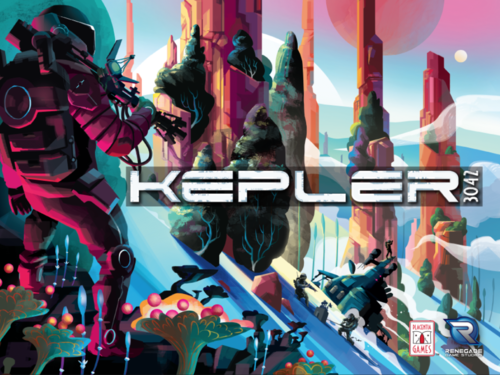



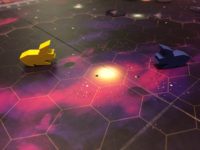


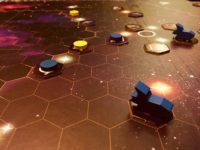


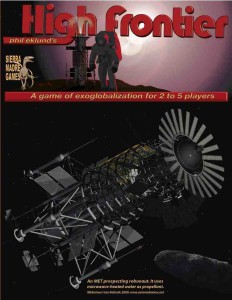

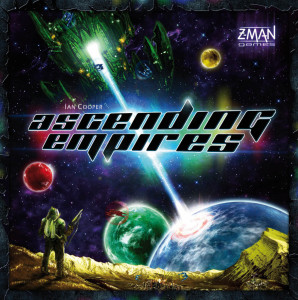


Sam says
It's a clever game - resist the temptation to do too many secondary actions! - and if you like a sci-fi theme it all looks rather alluring laid out on the table. I enjoy the challenge of managing the resources, which is a bit of a juggling effort - it's one of those games where you can't do all the things you want to, so there's a puzzley element to it. For me though, it's just rather dry. I don't mind a space-based game but I prefer the bunfight of Quantum or the space opera that is Twilight Imperium: both involve combative, highly interactive play - an element that's almost entirely absent in Kepler. Despite appearances, this is one for the strategists and not the wanna-be fighter pilots amongst us.